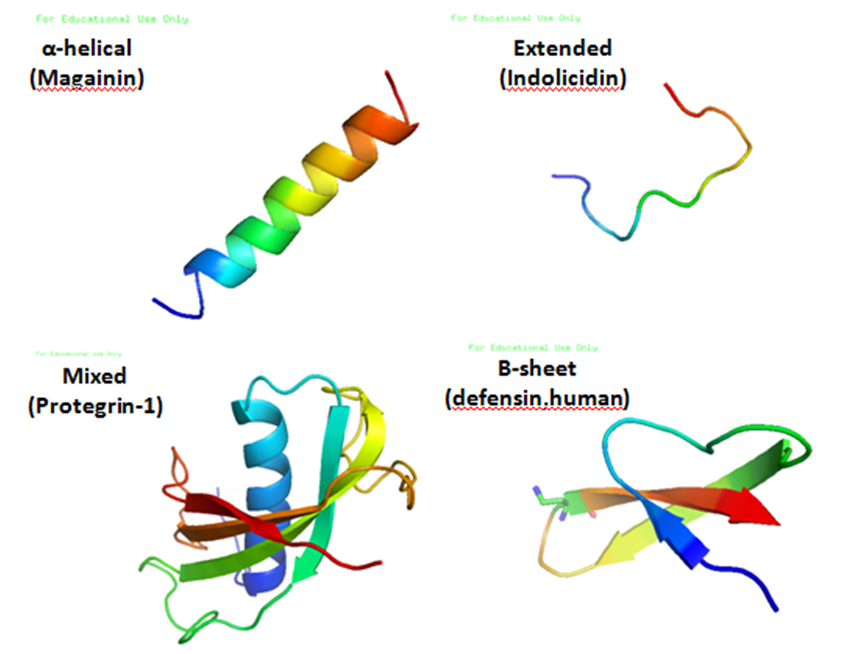|
Tachyplesin I
Tachyplesin I and Tachyplesin II Tachyplesin is an antimicrobial peptide isolated from the horseshoe crab Horseshoe crabs are marine and brackish water arthropods of the family Limulidae and the only living members of the order Xiphosura. Despite their name, they are not true crabs or crustaceans: they are chelicerates, most closely related to arachn .... It has a molecular weight of 2.36 kDa and the amino acid sequence KWCFRVCYRGICYRRCR. References Further reading * Antimicrobial peptides {{Antibiotic-stub ... [...More Info...] [...Related Items...] OR: [Wikipedia] [Google] [Baidu] |
Antimicrobial Peptides
Antimicrobial peptides (AMPs), also called host defence peptides (HDPs) are part of the innate immune response found among all classes of life. Fundamental differences exist between prokaryotic and eukaryotic cells that may represent targets for antimicrobial peptides. These peptides are potent, broad spectrum antibiotics which demonstrate potential as novel therapeutic agents. Antimicrobial peptides have been demonstrated to kill Gram negative and Gram positive bacteria, enveloped viruses, fungi and even transformed or cancerous cells. Unlike the majority of conventional antibiotics it appears that antimicrobial peptides frequently destabilize biological membranes, can form transmembrane channels, and may also have the ability to enhance immunity by functioning as immunomodulators. Structure Antimicrobial peptides are a unique and diverse group of molecules, which are divided into subgroups on the basis of their amino acid composition and structure. Antimicrobial peptides are g ... [...More Info...] [...Related Items...] OR: [Wikipedia] [Google] [Baidu] |
Horseshoe Crab
Horseshoe crabs are marine and brackish water arthropods of the family Limulidae and the only living members of the order Xiphosura. Despite their name, they are not true crabs or crustaceans: they are chelicerates, most closely related to arachnids, such as spiders and scorpions. Horseshoe crabs live primarily in and around shallow coastal waters on soft, sandy or muddy bottoms. They are generally found in the intertidal zone at spring high tides. They are eaten in some parts of Asia, and used as fishing bait, in fertilizer and in science (especially ''Limulus'' amebocyte lysate). In recent years, population declines have occurred as a consequence of coastal habitat destruction and overharvesting. Tetrodotoxin may be present in one horseshoe crab species, '' Carcinoscorpius rotundicauda''. Fossil records for horseshoe crabs extend back as far as 480 million years ago, with extant forms being living fossils. A 2019 molecular analysis places them as the sister group of Ricinule ... [...More Info...] [...Related Items...] OR: [Wikipedia] [Google] [Baidu] |
